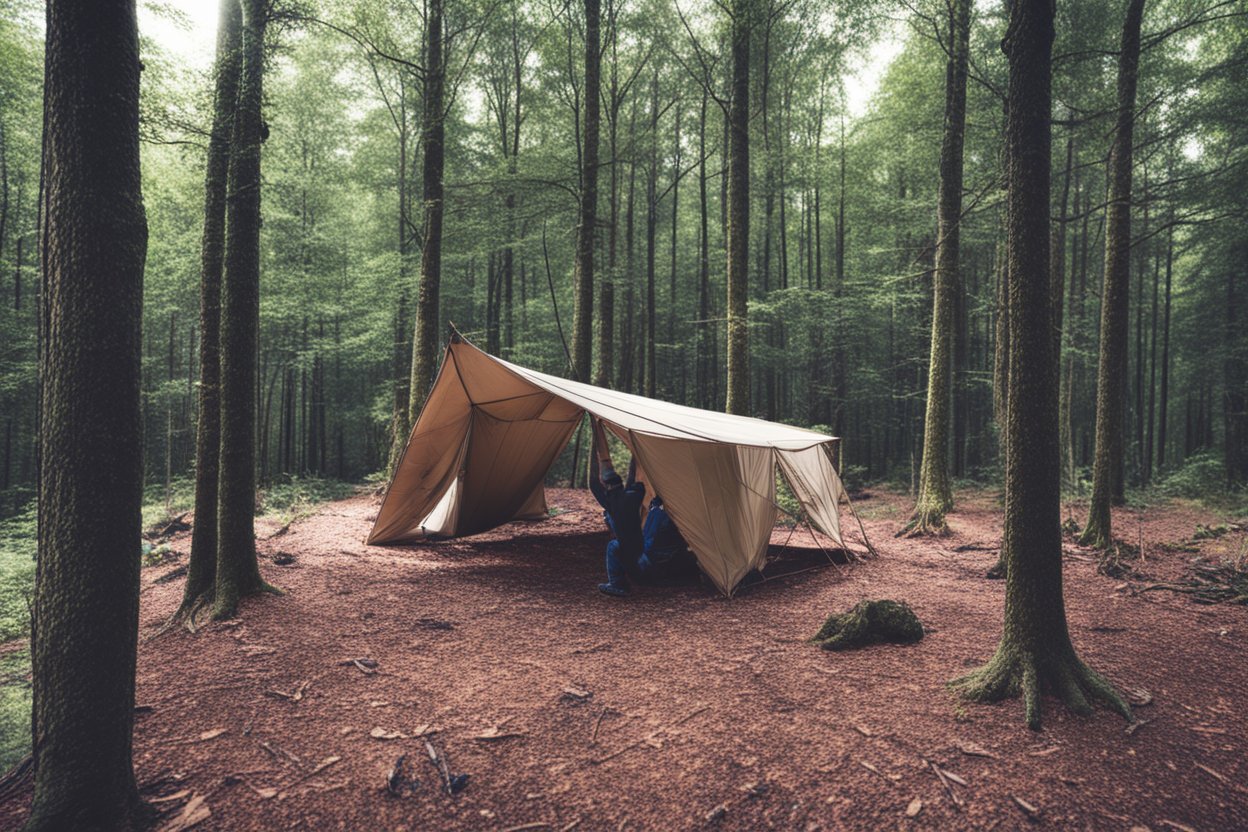Survival in the wild can be a daunting task, especially if you find yourself in a situation where you are lost or stranded. In such scenarios, finding or building a shelter becomes a critical aspect of your survival. A shelter provides protection from the elements, predators, and can help conserve energy, ultimately increasing your chances of making it through the ordeal.
The most immediate concern in the wild is exposure to the elements. Without a shelter, you are susceptible to harsh weather conditions such as extreme heat, cold, rain, or snow. Exposure to these elements can lead to hypothermia, heatstroke, or dehydration, all of which can be life-threatening. A well-constructed shelter offers insulation from the cold, shade from the sun, and protection from wind and rain, ultimately helping to maintain body temperature and conserve energy.
In addition to the elements, the wild is home to various predators and insects that can pose a threat to your safety. A shelter can provide a barrier between you and these potential dangers, reducing the risk of an encounter. Furthermore, a shelter can also protect you from disease-carrying insects and parasites, minimizing the risk of illness and infection.
Moreover, the comfort and psychological benefits of having a shelter cannot be overlooked. In a survival situation, having a safe and secure place to rest and recuperate can be crucial for maintaining mental and emotional well-being. A shelter can provide a sense of security and comfort, allowing you to relax and conserve valuable energy that can be crucial for your survival.
When it comes to finding or building a shelter in the wild, it is important to consider the surrounding environment and available resources. If you are fortunate enough to come across a pre-existing shelter, such as a cave or overhang, it can save you time and energy. However, if you need to build a shelter from scratch, it is essential to choose a location that is dry, level, and away from potential hazards such as falling debris or flooding.
There are various types of shelters that can be constructed in the wild, including lean-tos, tarp shelters, debris huts, and natural shelters like caves or rock formations. The key is to use the resources available to you, such as branches, leaves, and rocks, to create a sturdy and weatherproof structure. It is also important to consider ventilation and fire safety when building a shelter, as these elements are crucial for your well-being.
In conclusion, the importance of finding or building a shelter in the wild cannot be overstated. A shelter provides protection from the elements, predators, and offers comfort and psychological well-being. Whether you find yourself in a survival situation or are planning a wilderness excursion, having the knowledge and skills to create a shelter can be the difference between life and death. It is essential to prioritize the construction of a shelter when venturing into the wild to ensure your safety and survival.







Leave a Reply